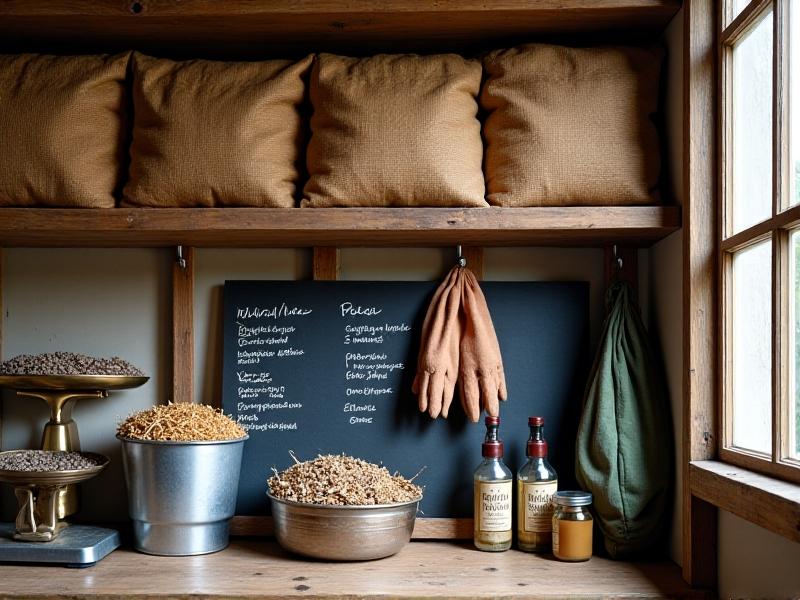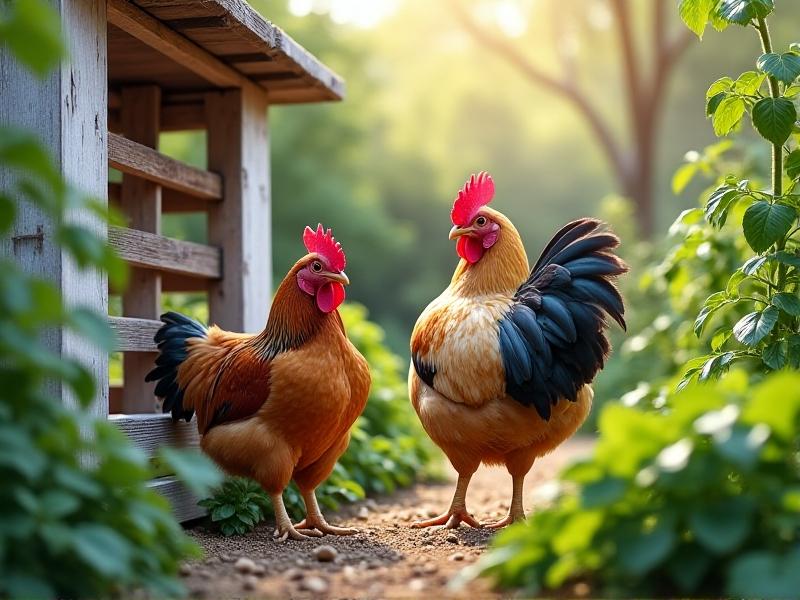Cost Analysis: The True Price of Urban Chicken Keeping
The Initial Investment: Setting Up Your Urban Coop

Starting an urban chicken flock begins with infrastructure costs that many first-time keepers underestimate. A predator-proof coop alone can range from $200 for DIY plans to $2,000+ for pre-built models with automated features. Essential equipment like feeders ($15-$50), waterers ($20-$75), and nesting boxes ($30-$150) add up quickly. The chickens themselves cost $3-$25 per chick depending on breed, with heritage varieties commanding premium prices. Many municipalities require permits ($50-$300 annually) and inspections, while some mandate expensive fencing upgrades. These initial outlays often surprise urban farmers who initially focus solely on the romantic vision of fresh eggs.
Ongoing Operational Costs: More Than Just Chicken Feed

Monthly expenses extend far beyond basic feed, which itself costs $15-$30 per 50-pound bag for quality organic options. A flock of six hens consumes about 1.5 pounds of feed daily, translating to $40-$80 monthly. Bedding materials like pine shavings ($8-$15 per bale) and diatomaceous earth for pest control ($20-$40 annually) become recurring line items. Veterinary care presents variable costs - from $25 deworming treatments to $300+ emergency visits. Energy costs spike with heated waterers in winter and ventilation systems in summer. Many owners eventually invest in automated coop doors ($100-$300) and surveillance cameras ($50-$200) to streamline care, adding to the operational budget.
The Hidden Economics of Time and Labor

While financial costs are quantifiable, the temporal investment often shocks urban chicken enthusiasts. Daily chores consume 20-45 minutes for feeding, watering, and egg collection. Weekly deep cleans take 2-3 hours of strenuous mucking-out. Seasonal maintenance like replacing hardware cloth or treating for mites adds unexpected time commitments. Travel costs accumulate for specialty supplies unavailable locally. Emotional labor surfaces when managing noisy flocks in dense neighborhoods or finding pet sitters during vacations. These hidden opportunity costs frequently offset perceived savings from homegrown eggs, particularly for professionals valuing time at $30+/hour.
Egg Math: Calculating Your Breakfast ROI

The average urban hen lays 200-300 eggs annually, but startup costs mean breaking even takes years. For a $1,500 initial investment and $100/month upkeep, a six-hen flock produces 1,500 eggs yearly. At store prices ($4/dozen), those eggs would cost $500 annually. Simple division suggests five years to recoup initial costs - not accounting for inflation or hen productivity declines after age three. When factoring in labor at minimum wage, the economics turn unfavorable. However, value perception shifts when considering factors like pest control (chickens eat 1.2 pounds of ticks/week) and fertilizer production (150 pounds of manure/hen annually), which benefit urban gardens.
Regulatory Pitfalls and Neighborhood Diplomacy
Hidden legal costs plague many urban chicken ventures. Seventy-eight percent of cities require permits, with 43% mandating expensive property modifications like 8-foot setback rules. Noise ordinances lead to fines when roosters crow (even unintentionally kept males from sexed chicks). Homeowners insurance often increases $200-$500 annually for livestock coverage. Neighborhood disputes over odor or predators sometimes necessitate legal mediation. Savvy keepers budget $100-$300 annually for community relations - from hosting coop tours to sharing eggs. These soft costs prove difficult to quantify but critically impact the chicken-keeping experience.
The Long Game: Aging Hens and Sustainable Systems
As hens age, their care costs increase while egg production plummets. Senior chickens require specialized feed ($18-$35/bag), regular vet checks, and modified coops with ramps. Ethical keepers face tough choices: cull unproductive birds (emotional cost) or maintain them as pets (financial cost). Sustainable systems help offset expenses - rainwater collection setups ($120-$500) reduce water bills, while composting operations transform waste into garden assets. Some urban farmers develop micro-businesses selling fertilizer or feather crafts, though most barely offset costs. The true price emerges as a lifestyle choice rather than economic calculation, blending hobby farming with ecological stewardship.








